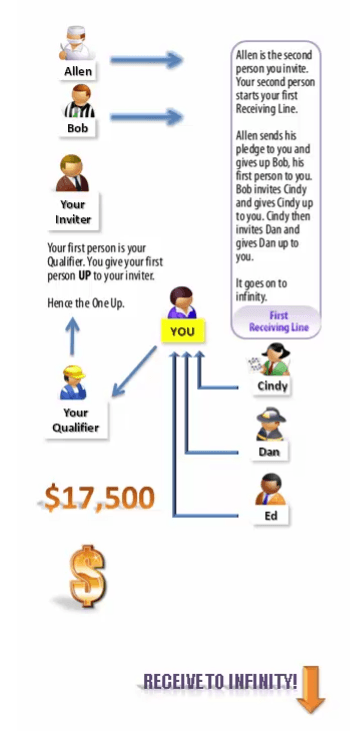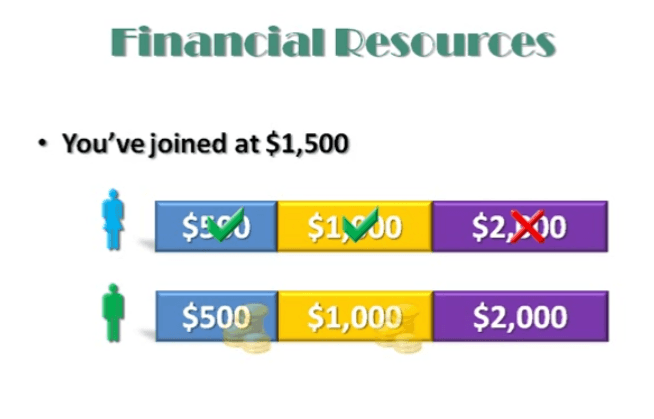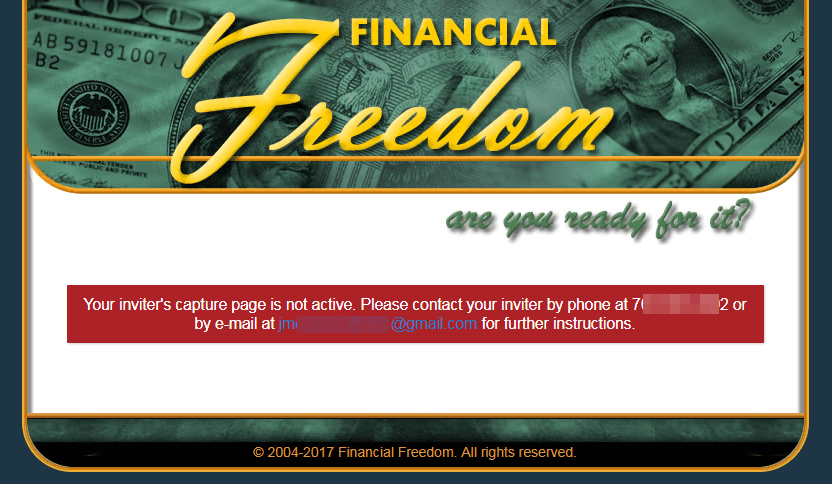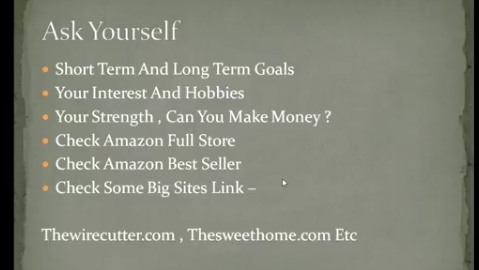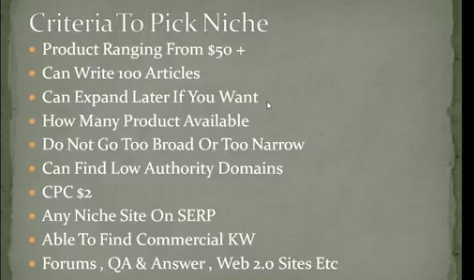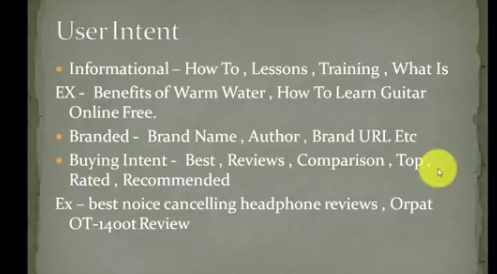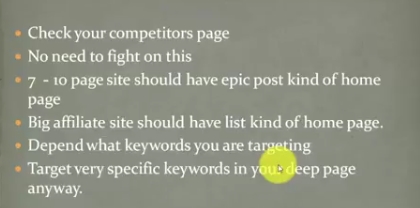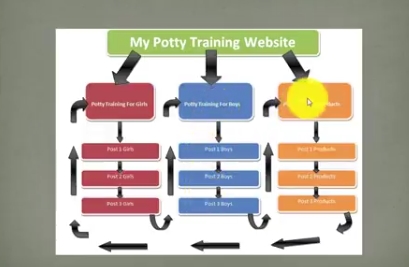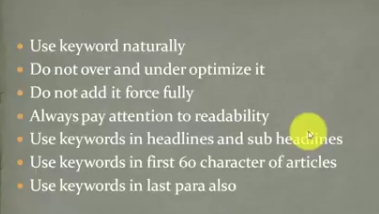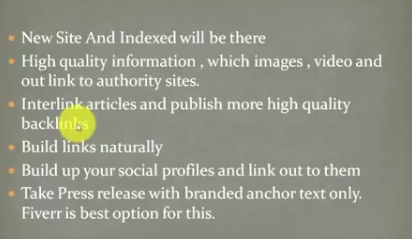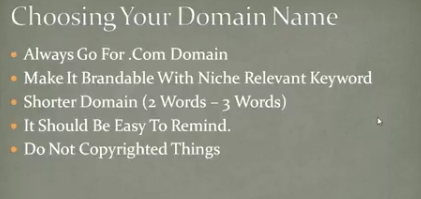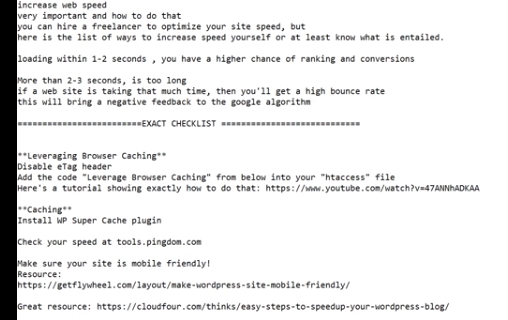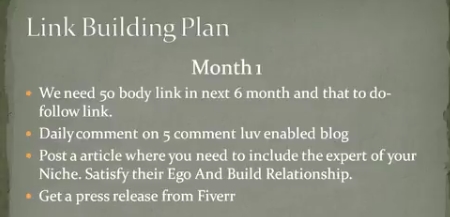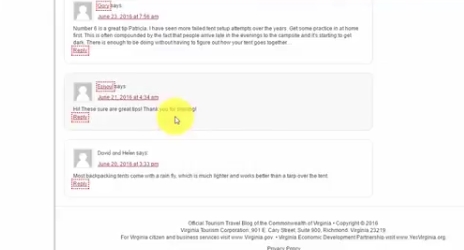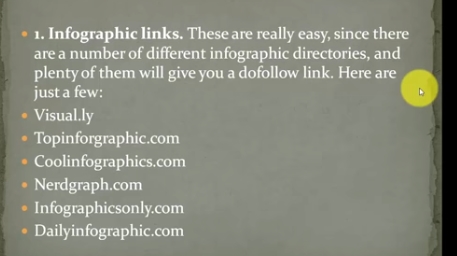Dropshipping can be a lucrative ecommerce model for sellers who don’t have much capital to start a business from scratch. What makes this model different than traditional online stores is that sellers don’t have to stock products in a rented warehouse, handle inventory, and process shipments. Sounds easy, right?
Dropshipping is actually not easy, which is why many people fail thinking that this ecommerce model can work with a “set-and-forget” method. Fortunately, many dropshipping stores do perform pretty well, despite having fierce competition. If you’re planning to open an online dropshipping store, here are 10 things you can learn from dropshipping horror stories:
1. eBay and Amazon Can Ban You Anytime
If you’re planning to sell products of a dropshipper/wholesaler/distributor via Amazon, eBay, or any other platforms, you don’t have much control about their policies. This means if a buyer reports you, or you receive negative feedback, the platform could ban your account anytime… and you can’t do anything about it. Some sellers even report disputing issues for months to years, but to no avail.
Solution:
Get a domain name, hosting provider, and build your own store. This isn’t the easiest solution, since you’ll be starting from scratch and there’s a ton of work involved, from uploading products to attracting site visitors, but it is worth it because you have 100% control over your store.
2. PayPal Shuts Your Account Down
PayPal is the most popular payment gateway, but it can be a nightmare once it decides you’re selling fraudulent items or that your activity is “unusual” (receiving $5,000, after weeks of just $200/day). When this happens, PayPal holds payment for up to 21 days “to make sure you’d have enough funds to cover for future refunds/claims.”
Solution:
Unfortunately, no payment gateway supports dropshipping. PayPal tolerates it, but others (like Stripe) ban it completely. Many store owners who have had success in dropshipping recommend not telling PayPal or Stripe that your store follows a dropshipping model. You do have to make sure your suppliers have prompt delivery, which in turn, lets you avoid chargebacks and keep your PayPal account in good standing.
3. Not-as-Described or Damaged Items
This can be potentially damaging to the reputation of your online store, since damaged or not-as-described items usually lead to negative reviews or refunds.
Solution:
Not-as-described items shouldn’t have been a problem if you bought samples of products you’re selling during product research. However, if the issue presents itself, there’s nothing left to do but to apologize and make it right. If the buyer really wants the item and is willing to wait, you need to check with your supplier and ask them to ship out a replacement. If not, send a refund immediately.
4. Shipping Delays
Most dropshipping horror stories are about delays in shipment. Because you don’t have control over inventory and shipping methods, you are at the mercy of your supplier and the potential wrath of your customer who is awaiting the delivery of his/her product.
Solution:
When shopping around for suppliers, it is important that you try out for yourself how fast they process orders and ship items out. Learn everything you can about their fulfillment, handling and delivery processes. Most suppliers process orders within 24 hours. The only way to avoid this problem is to find reliable suppliers with reliable delivery options.
5. Problematic Order Fulfillment and Returns
Sometimes, your customers may receive the wrong item or wrong quantity. If this happens, you can’t pass the blame to your supplier. You will always be responsible for communication with both the supplier and your customer. Your store’s reputation will always be the one to suffer from problematic orders.
Solution:
One surefire way of avoiding fulfillment issues is to order your top 5 selling products in advance so you could store them and ship items out locally. If capital is a problem, you can be upfront with your target market and declare that you source products from overseas and returns could take weeks. This way, customers wouldn’t feel trapped when order errors occur, or an item can’t be replaced quickly.
6. Bad Dropshipping Partners
The most important aspect of any dropshipping business model is having reliable partners. After all, the dropshipper stocks and ships the product you’re selling. If you partnered with unreliable dropshippers, you could lose money with refunds, chargebacks, or a ban on the platform you’re using. Such is the case of Vanessa, whose highly-rated eBay store got affected by a single customer after orders were delayed for weeks.
Solution:
Dig deep in finding reputable dropshipping partners. Sometimes, smaller obscure wholesalers take customer service more seriously than those that are widely-known. When choosing dropshipping partners, check if they offer:
• Access to real-time feed of their inventory
• Fair return and warranty policies
• Multiple shipping providers
• Tracking codes of shipment
• English-speaking customer representatives
• Sample orders (so you could check fulfillment speed)
In addition, work with multiple dropshipping partners, so you have an option to streamline order routing.
7. My Dropshipping Store Doesn’t Have Visitors
The problem with creating a store from scratch is the work involved in directing traffic to the site. It isn’t easy, but it’s possible. As such, don’t expect to make a sale at the launch of your store; you need to give months of leeway for organic traffic to pour in.
Solution:
Don’t be fooled by the “set-and-forget” statements you see when people encourage others to use the dropshipping business model. While passive income is definitely possible with a dropshipping store, you have to work on search engine optimization, automation of fulfillment, and other tasks involved in running the online store.
Proper training will go a long way as well. Proven Amazon Course has been my go-to recommendation on how to leverage the power of Amazon to build a successful dropshipping business.
8. Angry E-mail from Customers
Those new to the ecommerce business can be discouraged by complaints and angry emails from customers. Unfortunately, this is normal in this industry. You can’t please every one of your customers.
Solution:
If the customer is angry about delays, wrong item received, or other issues that is clearly your supplier’s fault, apologize and try to fix the problem by either a refund, replacement, or acquiring the item from another source. However, if the customer is at fault, learn how you could protect your store. Check how this eBay seller stood her ground when a customer wanted a refund from a damaged item, but didn’t want to ship it back.
9. Out-of-Stock Items
Suppliers run out-of-stock or items get discontinued completely and you’re left scrambling where to find a particular item your customer just ordered. This happens a lot in the dropshipping business and it is often beyond your control.
Solution:
Call your customer about the item’s status. Even if it is harder for you, customers would appreciate calls than e-mails. If you could source an item from another supplier, check availability of that item. Sometimes, customers may agree to alternatives, so research a similar product from your suppliers and recommend it to your customer. Know that if you don’t communicate these issues with your customer, it could lead to negative ratings or worse, chargebacks from the payment gateway your customer used.
10. Selling for a loss
Many people enter this industry aware that dropshipping businesses have a low profit margin, but selling for a loss is problematic, since you’ve built this business to earn money (and not lose more). Unfortunately, these things happen more commonly to online stores that follow the dropshipping model. The main reason for this is due to the number of hands products go through before it reaches the customer.
Solution:
You can either sell products that are priced above $100, or scale up your business to sell more items (even they’re all priced below $10). This is one of the most important decisions of a dropshipping store because you don’t have the luxury of competing on price. In addition, you’d have to be hands-on with customer service – ensure that products they receive are as-described, in good condition, packaged well, and arrived on time – to earn their trust and increase repeat business.
The Bottom Line
Like any other type of ecommerce, dropshipping is not an easy business. It has the potential to be huge, but you’ll need comprehensive research to find multiple reliable suppliers. Doing your due diligence avoids a lot of headaches and financial losses in the future.









